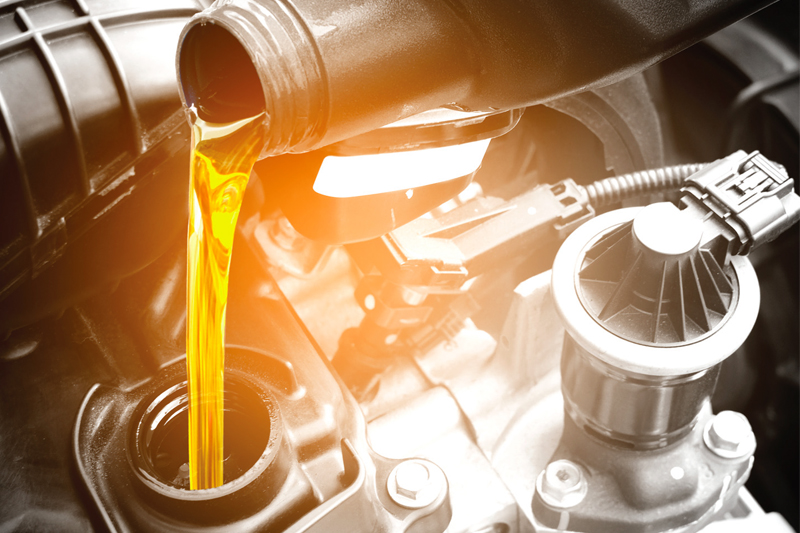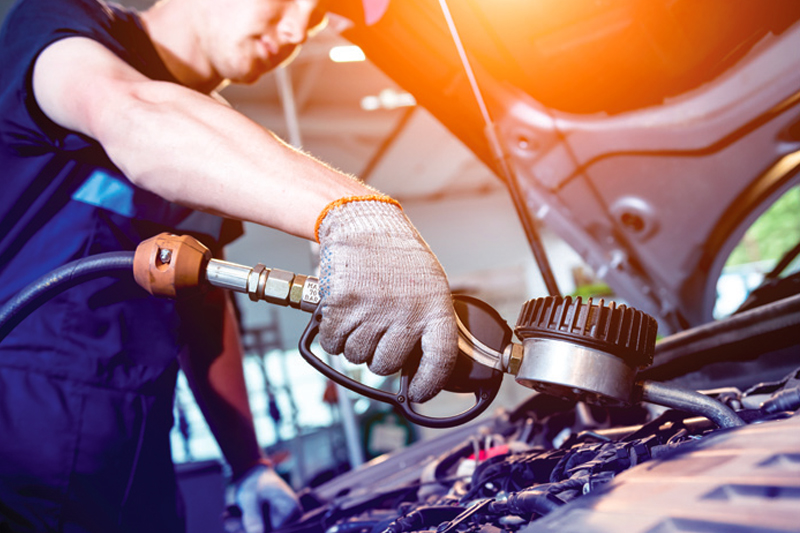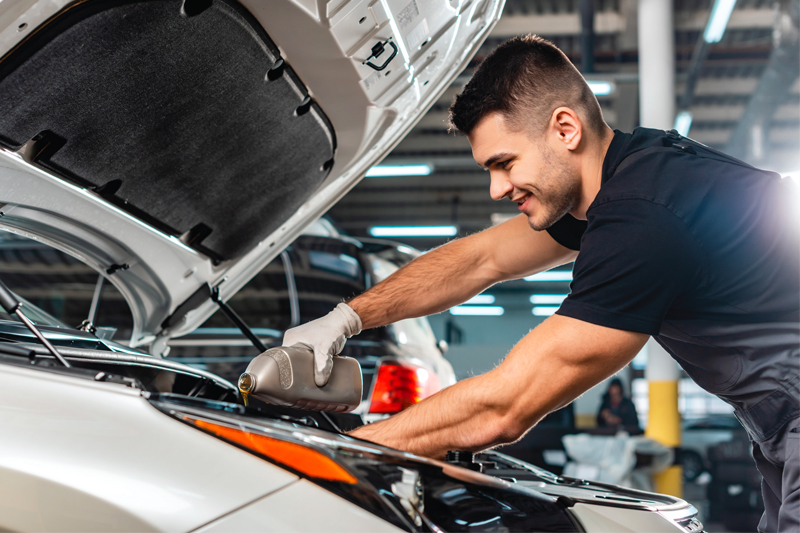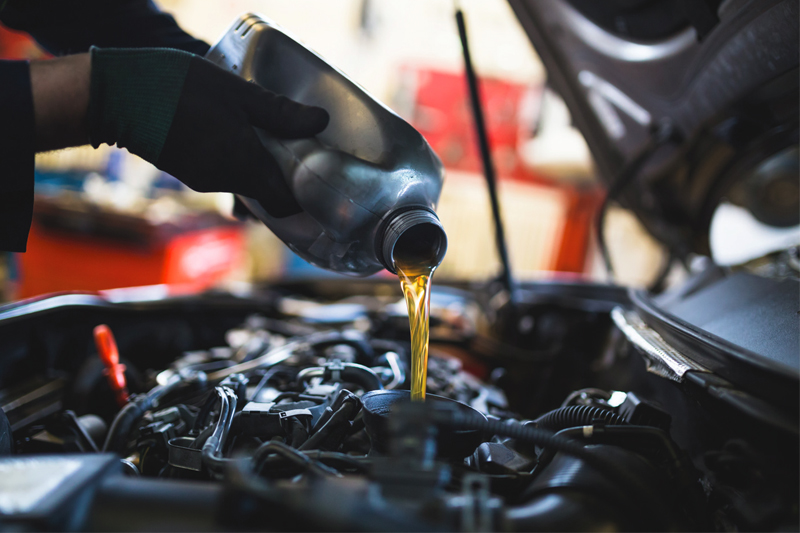VLS explores engine oil for older vehicles

Beware the risks of using the latest engine oil on ageing customer vehicles, advises Mike Bewsey, chairman of industry trade body the Verification of Lubricant Specifications (VLS).
The number of vehicles on UK roads is growing, but it’s also ageing. According to the latest European Automobile Manufacturers Association (ACEA) 2023 ‘Vehicles in Use’ report, there are 42.9 million vehicles on UK roads, including 6.1 million commercial vehicles and buses. The average age of light commercial vehicles is 9.3 years, up from 7.8 in 2019. For medium and heavy commercial vehicles, the average age now stands at eleven years, an even more substantial increase as in 2019, it was 7.4. The economic impact of COVID-19, automotive supply chain challenges, issues around the move to electrification and the cost-of-living crisis mean that business owners and fleet operators are holding onto their vehicles for longer than ever.

On the one hand, this is good news for workshops. With older vehicles on the roads, there is more demand for servicing, repairs and MOTs. However, as vehicles age, some aspects of servicing, such as choosing the right engine oil, can become more complex.
Engine technology has evolved significantly over recent years. To meet government requirements for reduced emissions and business owners’ needs for vehicle durability, economy and performance, smaller engines are running at higher temperatures to maximise efficiency, power output and fuel economy. Longer oil drain intervals, taken together with smaller sumps, and the need to minimise emissions have created the need for less viscous, synthetic and semisynthetic oils to provide the lubrication required in these challenging conditions.

But are these highly efficient, low viscosity lubricants suitable for the ageing vehicles being serviced in workshops? The latest formulation is no guarantee of success. Traditionally, when newer oils were developed, they were designed to be ‘backwardly compatible’. However, this is becoming increasingly difficult as modern engines develop so quickly.
Don’t look back
For example, Volvo VDS-5 is a new heavy duty fuel-efficient diesel engine oil specification with an SAE viscosity of 5W- 30. Designed for use in the latest 13L engines (Euro VI Step D), it is not backward compatible with previous Volvo long drain specification fluids such as a Volvo VDS 4.5 SAE 10W-30 grade. The lower viscosity results in lower oil pressure, which could lead to multiple dashboard warning triggers. It is, however, expected to deliver over 0.5% fuel economy improvements versus 10W-30 oils.

Using the wrong oil risks accelerated wear, the formation of deposits and damage to emission control devices. Left unchecked, it could lead to eventual engine failure, meaning higher maintenance costs for your customers and potential damage to your business’ reputation. Putting an oil with a low level of sulphated ash, phosphorous and sulphur (SAPS) into a vehicle requiring a high level may not offer the wear protection required. The additives for a lower SAPS oil will differ as well. Additives help to provide the performance characteristics of an engine oil, but modern lubricants are designed to deliver performance through a thinner, less viscous oil that might not be suitable for older vehicles.
Cheap and nasty
It could be tempting to use cheaper oils to offset rising costs. However, the cheapest possible oil could be a full SAPS oil. This could damage the emission control system, poison the catalyst or block the diesel or gasoline particulate filter, reduce the overall efficiency and result in failure of the particulate filter or catalyst, both expensive to replace. Too much phosphorous from a high SAPS oil can also poison the selective catalytic reduction units designed to reduce nitrogen oxide emissions. Short term gain may lead to long term pain for you and your customers.

VLS strongly recommends referring to the vehicle handbook or using an online database to identify the correct oil for each and every vehicle. Looking beyond the viscosity to specific ACEA and OEM standards is essential. This ensures that the lubricant is fit for purpose in that specific vehicle. If you are in any way unsure of which oil to use, get in touch with the OEM.
The Verification of Lubricant Specifications (VLS) is an independent trade body that helps technicians and motorists understand the lubricants industry and ensures that lubricant products can deliver what they claim.









